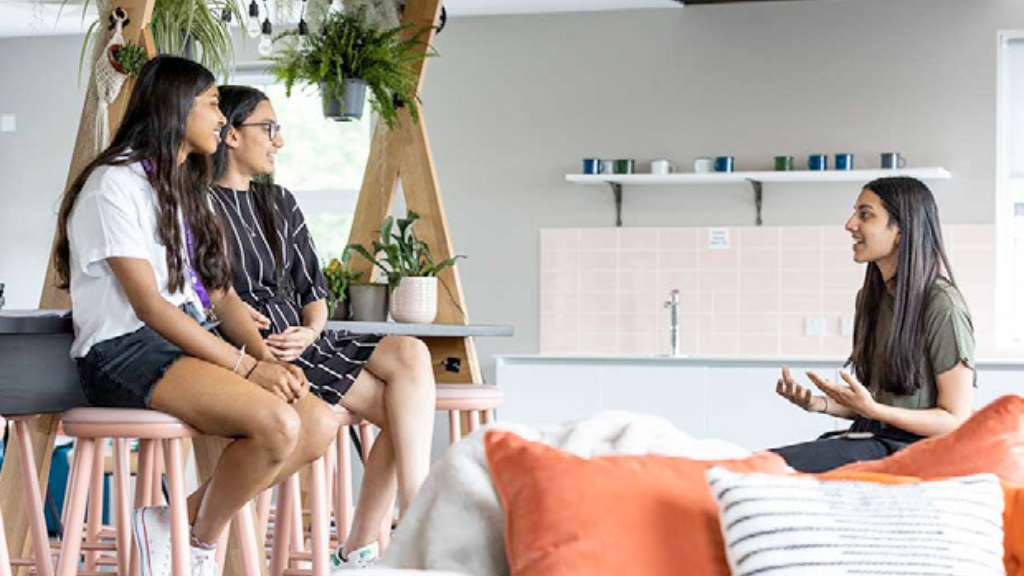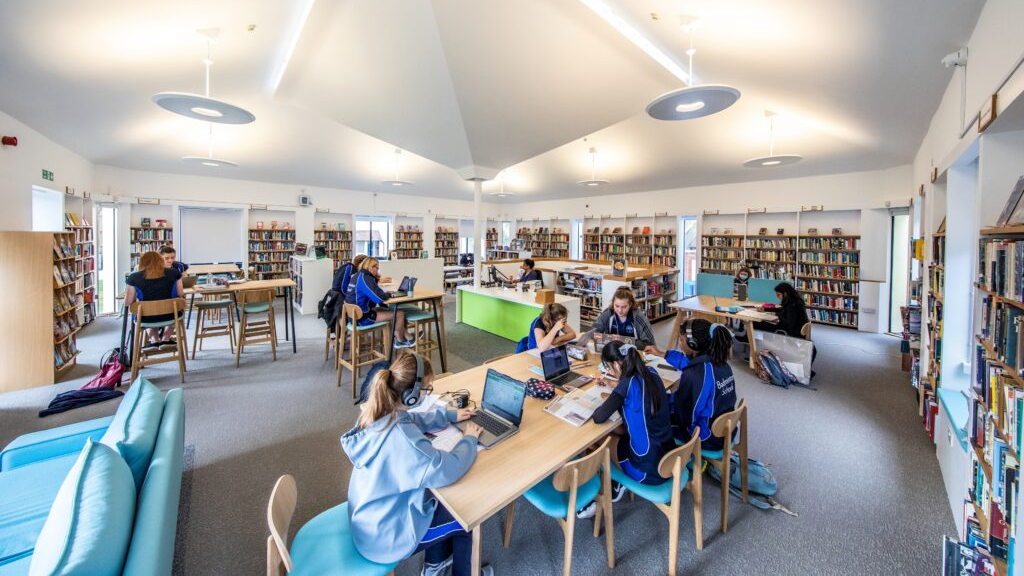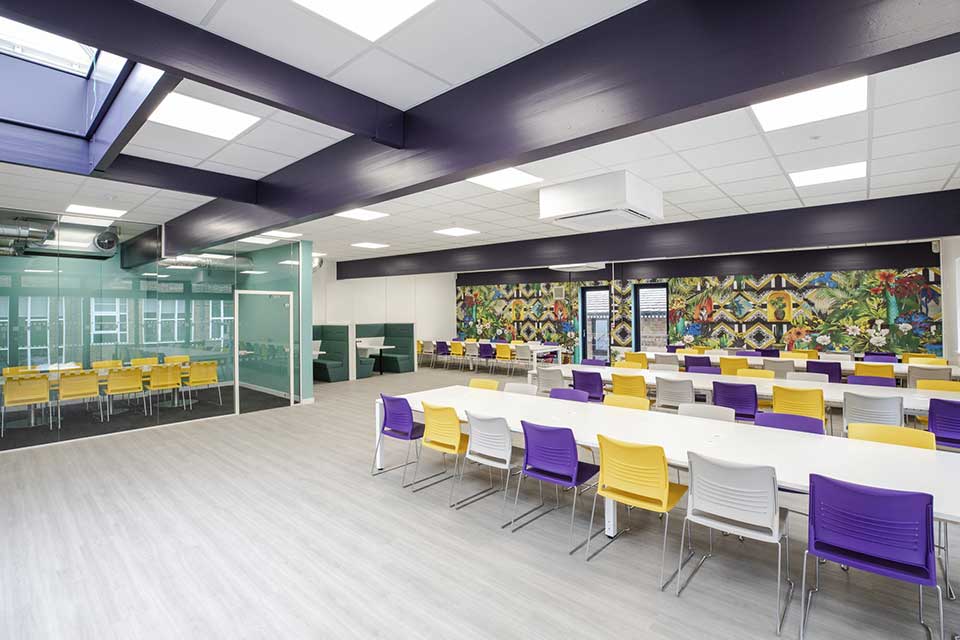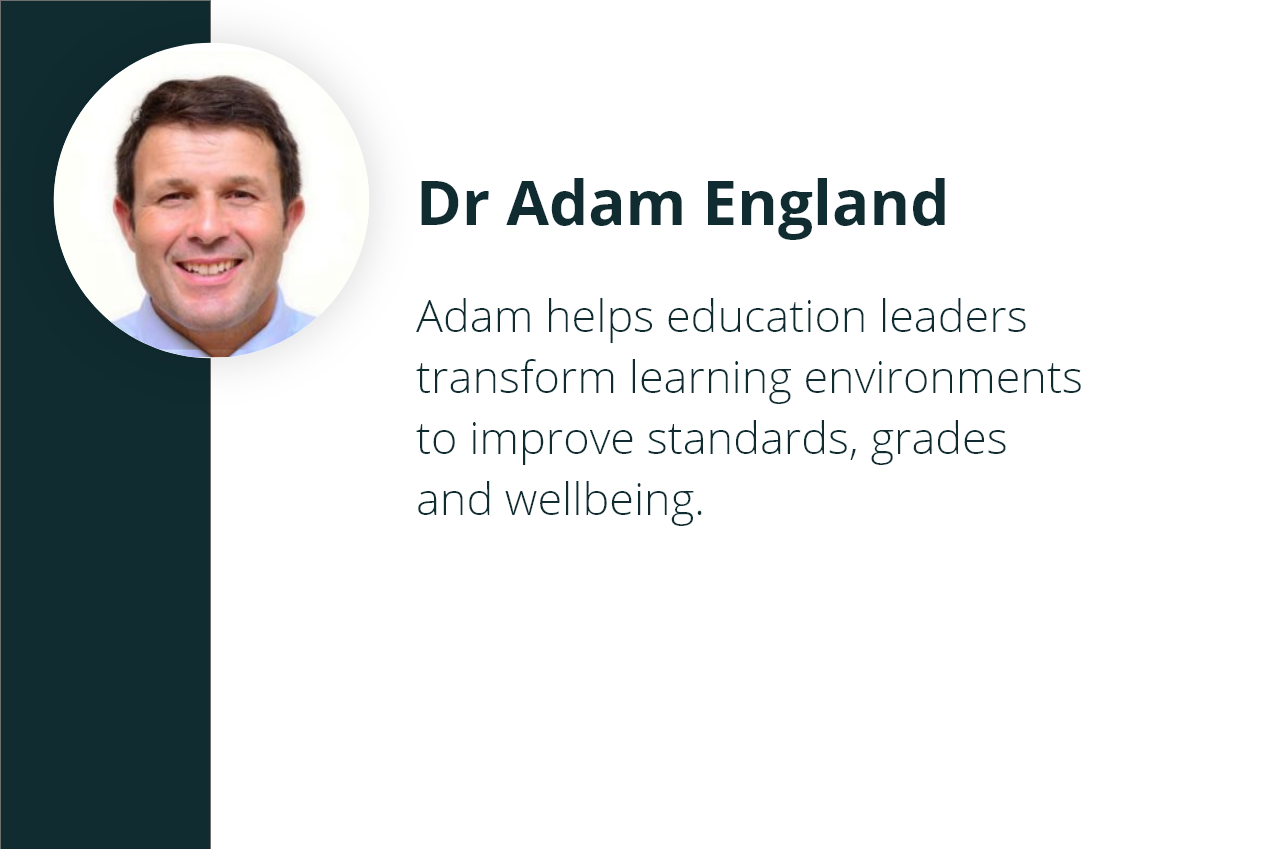Who Benefits Most From Inclusive Learning Spaces

What Is Inclusive Learning?
Inclusive learning focuses on how all students engage with each other, how they feel supported, that they feel understood and that their needs are clear to those in charge – your school leaders and teachers. An inclusive school may be one where many different languages are spoken or students may come from a range of backgrounds, or have divergent learning needs; in short, teaching that respects, recognises and understands student differences and the impact they will have on individual educational requirements. Offering inclusivity could be seen as providing an environment that supports gifted and talented students with a stretched curriculum; it may be simply that all pupils know they will feel engaged in their learning every day, whether neurotypical or neurodiverse. In this way, schools will maximise a love of learning and create a sense of increased wellbeing.

What Are Inclusive Learning Spaces?
Inclusive learning spaces are zones (compartmentalisation) within a room or building where a range of teaching and learning can take place. Introverted and reflective students may prefer quiet areas where they can focus more, think strategically and become more immersed in individual study. Neurodiverse learners often struggle with low level constant background noise in a classroom and those on the autistic spectrum – which could be ADHD, dyslexia, dyspraxia or anywhere on that spectrum – may have far greater sensory sensitivity. Other students may thrive in a group setting with alternative seating plans that suit the task in hand. All young people need our help to help recharge and reset from their preferred style of learning and sensory areas with focussed workstations can facilitate this. What school leaders need to do is ensure everyone is offered their ideal working layout to succeed so that your young learners are engaged, know how to achieve their best and feel confident they are supported.

How To Create Inclusive Learning In Your School
In areas where students congregate for learning or socialising, such as classrooms, dining halls, libraries and laboratories, consider textures, colours, fabrics; light, sounds and flooring for sensory zoning. All these are key aspects of creating inclusive learning for neurodiverse students who may become overwhelmed with one dominant colour, texture or style of lighting. Look at doors that close quietly, declutter busy areas, use blackout blinds, set ambient temperatures for learners who may be on the autism spectrum or with ADHD. No two students are the same or have exactly the same needs, but they should all have the ability to access responsive learning areas to support their education across the curriculum.

So, Who Benefits Most From Inclusive Learning?
As there are so many individual differences, schools should aim to cover every eventuality. Research by the Autism ASPECTSS Design Index (Acoustics, Spatial sequencing, Escape spaces, Compartmentalisation, Transition spaces, Sensory zoning and Safety) suggests what to consider when you are designing an environment. Inclusive learning within a school fosters a culture of recognition and acceptance of multiple ways of working and engenders social acceptance from all students and staff. Therefore, the answer to ‘who benefits most from inclusive learning spaces’, is ‘everyone’.
Noble and Eaton have extensive experience and success leading schools in the UK and internationally.
For more details contact us today.




